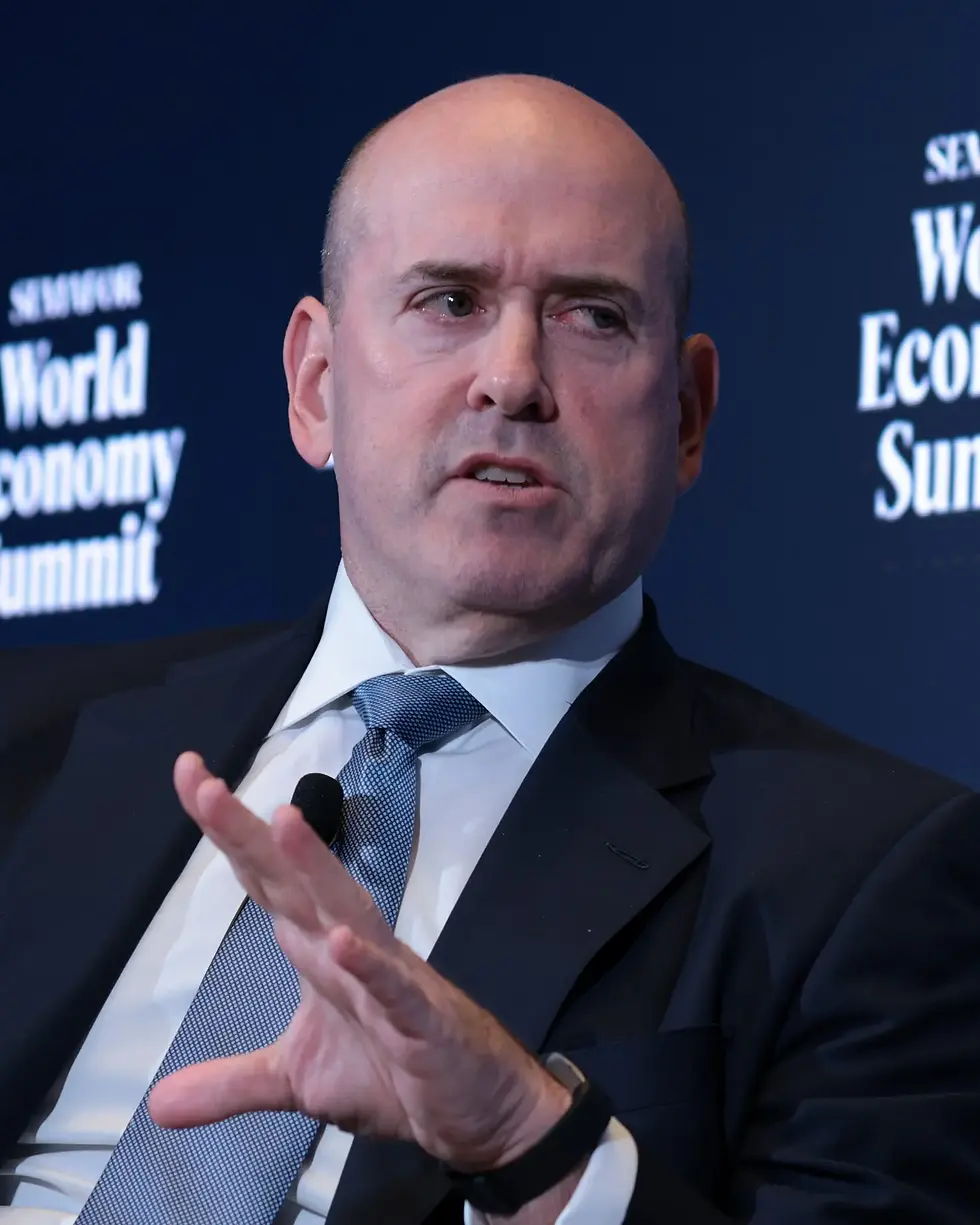How a Fertilizer Shortage Is Spreading Desperate Hunger
- Serena Valentino
- Oct 16, 2023
- 2 min read
By Peter S. Goodman Photographs and Video by Finbarr O’Reilly For The New York Times Reporting from Yola, Gombe and Abuja, Nigeria
Published Oct. 15, 2023 | Updated Oct. 16, 2023

Across Africa and in parts of Asia, disruption to the supply chain for fertilizer is raising food prices and increasing malnutrition.
Suleiman Chubado is not entirely clear what caused the price of fertilizer to more than double over the past year, but he is bitterly aware of the consequences. At his farm in northeastern Nigeria, he can no longer afford enough fertilizer, so his corn is stunted and pale, the scraggly plants bending toward the powdery earth.
Inside his mud house, he has grown accustomed to explaining to his two young children and pregnant wife why they must make do with two meals a day — and sometimes only one — even as hunger gnaws.
As he and his neighbors commiserate over the calamity unfolding across much of Africa, they exchange theories on one source of trouble: Russia’s war on Ukraine, which disrupted shipments of key ingredients for fertilizer.
“We are in two different worlds, separated by airplanes and oceans,” Mr. Chubado said. “How can it be affecting us here?”
That question is reverberating in many lower-income countries. Farmers are grappling with shocks that made fertilizer scarce and unaffordable, diminishing harvests, raising food prices and spreading hunger.
The war in Ukraine reduced the region’s grain exports and sent the price of staples like wheat soaring from Egypt to Indonesia. The world’s food supply is also menaced by the ravages of climate change — heat waves, drought, floods.
Now, scarce and expensive fertilizer is combining with these other forces to threaten livelihoods.
The breakdown in fertilizer production challenges the orthodoxy that has dominated international trade for decades. Prominent economists have promoted globalization as insurance against upheaval. When factories in one place cannot produce goods, they can be summoned from somewhere else. Yet as farmers across Africa and parts of Asia contend with fertilizer shortages, their anguish attests to a less celebrated aspect of the interlinked economy: Shared dependence on vital products from dominant suppliers yields widespread danger when shocks emerge.



The crisis started with the Covid-19 pandemic, which increased the cost of transporting fertilizer ingredients. Then came the war. Finally, over the last 18 months, the U.S. Federal Reserve aggressively lifted interest rates to choke off domestic inflation. That has lifted the value of the American dollar against many currencies. Because fertilizer components are priced in dollars, they have become vastly more expensive in countries like Nigeria.
Since February 2022, the price of fertilizer has more than doubled in Nigeria and 13 other countries, according to a survey by ActionAid, an international relief group. Concern about food insecurity has been “alarmingly high” in much of West and Central Africa, according to a World Bank bulletin.
In Nigeria alone, Africa’s most populous country, nearly 90 million people — roughly two-fifths of the nation — suffer from “insufficient food consumption,” according to data from the World Food Program.
In conversations with three dozen people engaged in growing crops, trading food and distributing fertilizer in northeastern Nigeria, a sense of bewilderment is palpable alongside desperation. (Visit The New York Times for the entire article.)




Comments